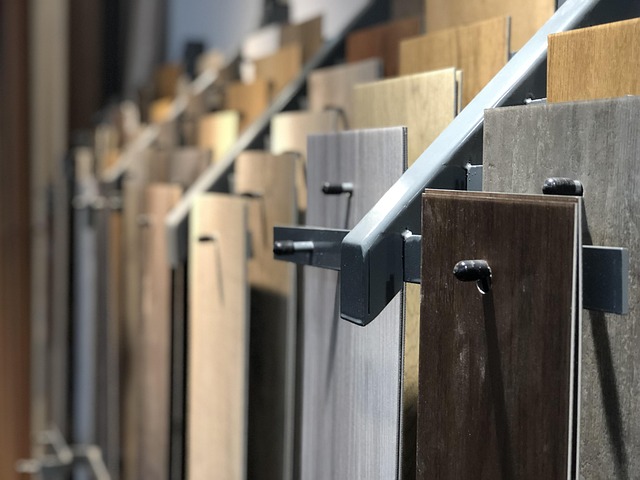
Flooring is one of the most visible and hardworking features in a home. It takes the brunt of daily traffic, sets the tone for interior style, and influences long-term maintenance needs. Laminate flooring has become a popular option because it combines a polished look with a manageable price tag. Still, like any building material, it has strengths and weaknesses that deserve careful consideration before installation.
Why Laminate Appeals to Many Homeowners
Laminate flooring is best known for its ability to mimic natural wood or stone. Modern printing technology has advanced to the point where the surface patterns and textures are remarkably convincing. For those who admire the beauty of hardwood but not the cost, laminate delivers a close alternative at a fraction of the price.
Durability is another reason for its popularity. The upper wear layer is engineered to resist scratches, stains, and fading. In households with pets, children, or heavy foot traffic, this resilience makes laminate a reliable option that stands up to daily activity better than some softer flooring choices.
Installation is often straightforward. Many laminate products use a click-lock system, which means the planks interlock without glue or nails. This “floating” method allows the flooring to be laid over an existing subfloor, reducing installation time and cost.
Maintenance is also simple. Routine sweeping and occasional damp mopping usually keep laminate in good condition. It requires no refinishing, waxing, or sanding, making it a practical surface for busy households.
Where Laminate Falls Short
Moisture remains laminate’s primary weakness. Even though some varieties are marketed as “water-resistant,” they are not waterproof. Prolonged exposure to spills, leaks, or high humidity can cause swelling and damage that cannot be repaired. For this reason, laminate is generally a poor choice for bathrooms, laundry rooms, or below-grade areas with moisture issues.
Another limitation is its lifespan compared to solid hardwood. While well-maintained laminate may last 10–20 years, it cannot be refinished once worn. Damaged planks usually require full replacement. In contrast, hardwood can often be renewed multiple times, lasting decades longer.
Finally, the feel underfoot is not identical to natural materials. Some homeowners notice that laminate has a slightly hollow sound when walked on, especially if installed without quality underlayment.
The Best Rooms for Laminate Flooring
Laminate performs best in spaces where style and durability are important but where moisture is minimal. Living rooms, dining rooms, bedrooms, and hallways are ideal candidates. It can also work in kitchens and entryways, provided mats or rugs are used in high-risk areas. Finished basements may be suitable if moisture is well controlled.
Conclusion
Laminate flooring offers a versatile, attractive, and cost-effective solution for many households. It shines in living areas where appearance and practicality go hand in hand, but it is less suited for wet environments or homeowners seeking a floor that will last a lifetime. Evaluating both its benefits and drawbacks will help ensure you choose flooring that matches your home’s needs for years to come.

Recent Comments